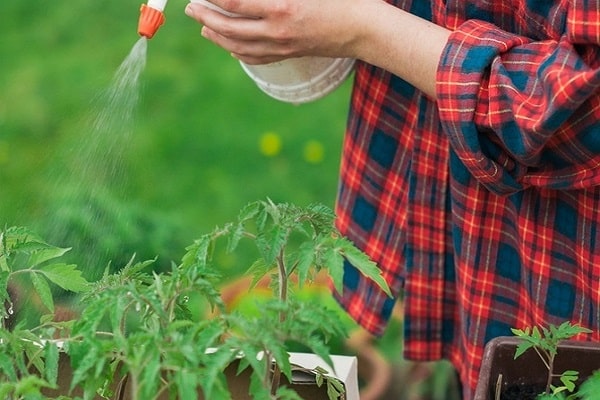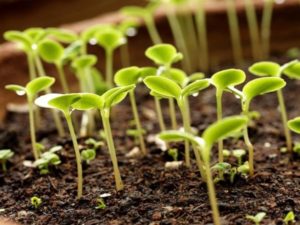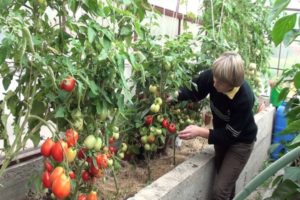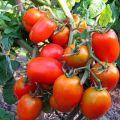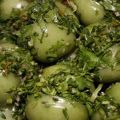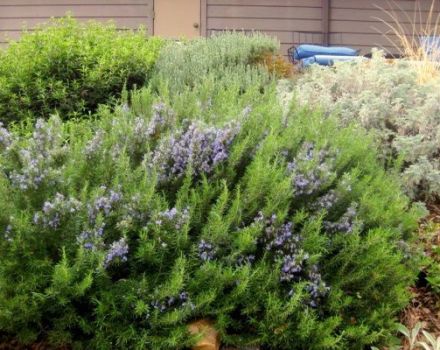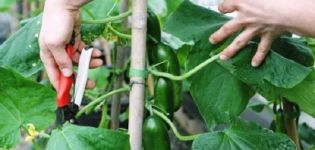The best varieties of tomatoes for Transbaikalia, how and when to plant seedlings and grow
The cultivation of crops has its own characteristics depending on the region. The best varieties of tomatoes for Transbaikalia will allow you to grow a stable harvest. It can be quite difficult to choose a specific variety, so before buying planting material, you need to study all the advantages and disadvantages of the selected tomatoes.
Varieties for the Trans-Baikal Territory
Tomatoes for the Trans-Baikal Territory must be frost-resistant, since the spring in these regions is cold and windy. Often the crop is grown in a greenhouse, but it is not difficult to find varieties for planting outdoors.
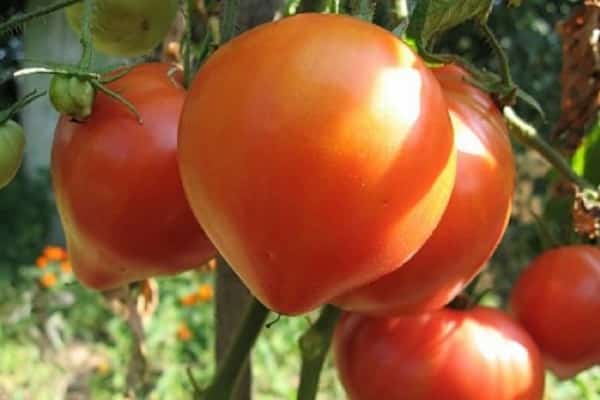
Tomato varieties for the Trans-Baikal Territory:
- Abakan pink is a large-fruited pink variety. Fruit weight reaches up to 350 g, the shape of the fruit is heart-shaped. The pulp is sweet, juicy. Suitable for making lecho and sauces, for whole pickling, but the fruit has a thin skin, cracks in the jar.
- Bull heart - tomato, which belongs to large-fruited pink varieties. The weight of a ripe tomato reaches up to 650 g. A green spot remains near the stalk. Suitable for fresh consumption and preparation of vegetable diet salads.
- Bovine heart - fruits are sweet and fleshy, large. The weight exceeds 400 g. The skin is red, but there are also pink-fruited vegetables.
- Lopatinskie - are characterized by the fact that even when grown in adverse weather conditions, they give a good harvest. The shape of vegetables is round, the skin is even, without ribbing. The shade of the pulp and rind is red.
- Bicolor - differs in double color of the fruit. Tomatoes are red-yellow. The vegetables are large, weighing up to 550 g. The fruits contain a large amount of sugar, which makes them sweet.
- Velvet season - tomatoes are early varieties. Bushes are low up to 75 cm. Ripe large vegetables up to 450 g, oval. The skin and pulp are scarlet. Ripe vegetables taste sweet due to their high sugar content. Suitable for growing in a greenhouse.
- Barnaul canned food - well suited for cultivation in the open field. Fruits are small, elongated, weighing up to 55 g. Vegetables ripen 75–90 days after sprouts appear. The yield is good, up to 6 kg of fruits are harvested from the bush. The bushes are undersized, which is especially important if the area is small.
- Dimensionless - such an unusual name is due to the fact that the fruits of this variety grow very large, the average weight of one tomato is 1 kg. The fruits are red-crimson, the skin is smooth, there is no ribbing. They are used mainly for making salads and tomato juices. Tomatoes taste sweet and juicy. The best variety for planting in the Trans-Baikal Territory.
- Ballerina - elongated finger-shaped tomatoes. Fruit weight is 125 g.The skin is dense, ribbed. Suitable for whole salting. The variety belongs to the medium early, vegetables begin to ripen 70–80 days after planting.
- The pride of Siberia - the maximum height of the bush is 1.5 m. The plant is slightly leafy, with dark green leaves. Ripe fruits are large, weighing about 500-600 g. The maximum weight is 950 g. Tomatoes are pink, fleshy and sweet, suitable for making tomato sauces and lecho. Growing preferably in a greenhouse.
- Ladies' fingers - medium-sized tomatoes, elongated shape. Scarlet skin, dense. There are no signs of ribbing. The pulp is not too juicy. Tomatoes are intended for whole pickling. The skin does not crack during canning.
Tomatoes of the Trans-Baikal Territory will grow well and give a stable harvest, if you make efforts to care for them throughout the entire fruiting period.
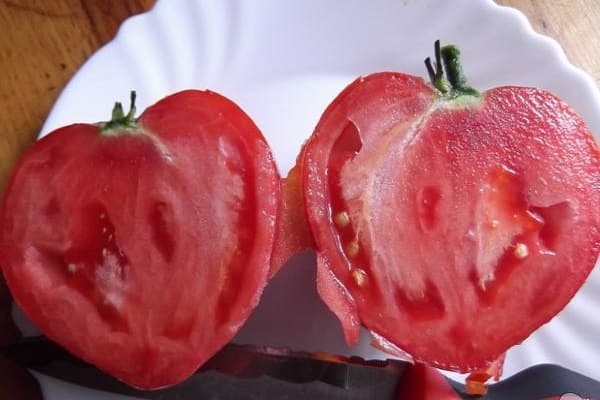
When to plant tomatoes for seedlings?
In Transbaikalia, sowing tomatoes for seedlings will coincide in time with planting crops in the central regions. Landing dates depend on the weather forecast. In early spring, they begin to plant tomatoes for seedlings in February. And if spring is predicted to be late, planting is postponed to mid-spring. The optimal time is March. From planting seeds in the soil to transplanting seedlings into the beds, it should take about 60 days.
Depending on the period of fruit ripening, the most favorable period is selected:
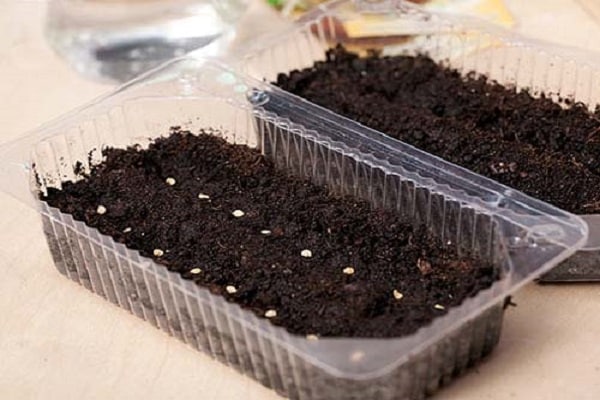
- Varieties with an early ripening period are planted in April, if the seedlings are intended for a greenhouse, then in the second decade of March.
- Low-growing varieties are planted from mid-April to the end of the month.
- The dates for planting tall varieties for greenhouses and greenhouses begin on the 20th of March.
- Late large-fruited tomatoes are planted in late February - early March.
In most cases, the start and end date of planting is indicated by the manufacturer on the seed package. Some gardeners, when cultivating seeds, prefer to be guided by the lunar calendar. But not always favorable days of the lunar calendar coincide with climatic conditions, therefore, it is still worth paying attention to the weather, and not to the phases of the moon.
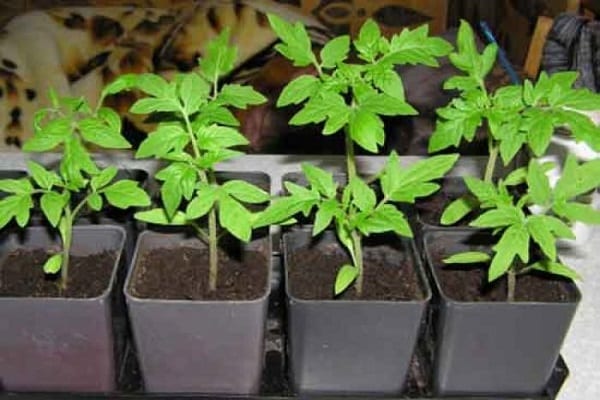
Features of growing tomatoes for seedlings
The cultivation of tomato varieties for Transbaikalia is no different from other regions. Only the timing of planting can differ, but not much. Preparation for planting begins in March. Particular attention should be paid to the planting material. It is at this stage that the foundations of the future harvest are laid. First, the seeds are disinfected. Potassium permanganate or iodine is suitable for this.
Dissolve a small amount of the selected substance in warm water and add seeds there. Leave them like this for 20 minutes. Then drain the water, and dry the planting material to a loose state.
After this, the planting material is recommended to germinate. There is nothing difficult in growing after this procedure. And the number of sprouted sprouts after germination doubles. Proceed as follows:

- Take gauze or natural fabric and dampen it in water.
- Spread the seeds on one end of the gauze and cover with the other.
- Put the bundle in a saucer, put it in a warm place, for example, on a radiator.
- Gauze should be sprayed periodically to keep it constantly wet.
- After 2-3 days, the first shoots appear, then plant the seeds in the soil for seedlings.
Planting dates depend not only on weather conditions, but also on the date of planting seeds for seedlings. You should not plant tomatoes too early, you need to choose the time so that by the time of planting in a permanent place, the bushes do not have time to stretch out.
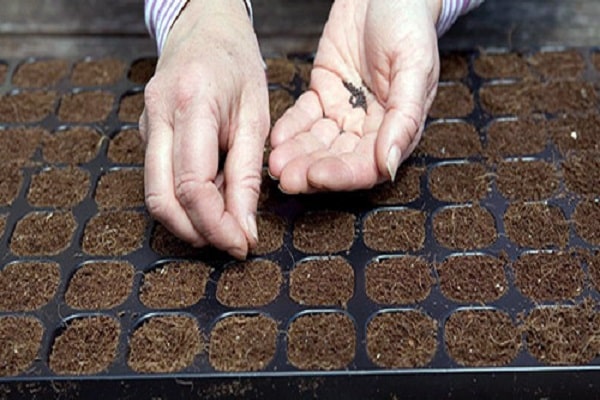
Rules for planting seeds for seedlings:
- Potting soil can be purchased at the store or brought from the site, but first it must be warmed up to room temperature.
- Pour drainage (small pebbles, crushed eggshells) at the bottom of the box, then fill in the soil.
- Make grooves 1–2 cm deep and sow seeds.
- Pour water over them, cover with cling film, remove away from open sunlight.
- Periodically, the film is removed, the soil is aired so that mold does not form on it and watered.
- When sprouts appear, they move the box to the south windows.
- After the appearance of a couple of full-fledged leaves, the seedlings dive, if this is not possible, then you need to thin out the seedlings if the bushes are too close to each other.
Seedlings are transplanted to a permanent place when it is already quite warm.
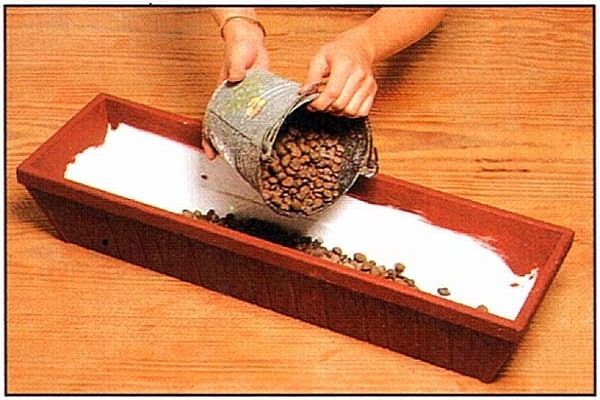
Tomato care
For a good harvest, tomato care can be minimal. The main condition for growing tomatoes is watering. Unlike most crops, tomatoes do not need to be watered, even in intense prolonged heat. One watering per week in drought conditions will be sufficient. If the weather has been rainy for a long time, then the beds are not watered until the earth dries out. It is impossible to pour the bushes because the taste of the fruit deteriorates due to the abundant moisture. They become watery.
Once a week, preferably before watering, weed the beds and remove weeds. This is important in the first months after planting the seedlings, until the bushes have grown and the fruiting period has not begun.
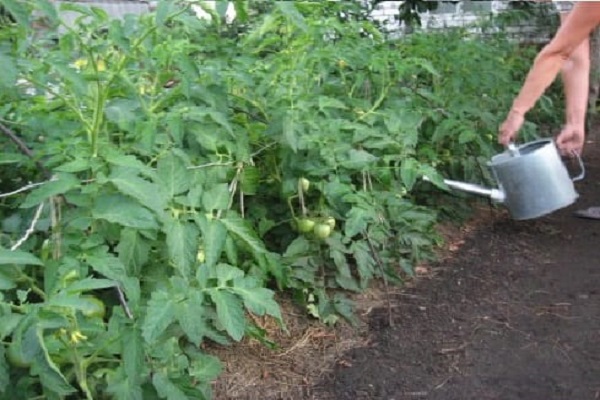
Top dressing is a prerequisite for the successful cultivation of tomatoes. Fertilizing the soil begins from the moment of planting, when the soil is mixed with manure or compost. Subsequent dressings are applied as needed. Plants feel the need for organic and mineral fertilizers most acutely during the period of growing deciduous mass and forming fruits. Their regularity and quantity depends on the condition of the plants.
